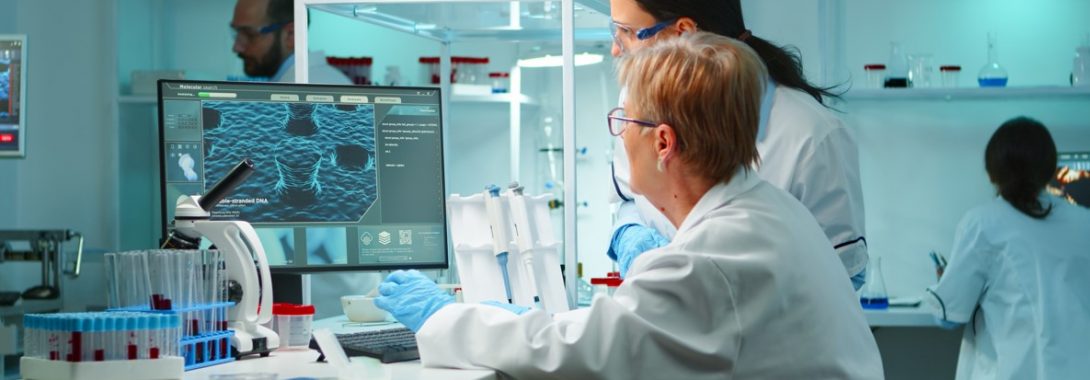In today’s world of healthcare, things have come a long way from the house calls and file cabinets of years past. In the 21st-century, it’s all about healthcare being as high-tech as possible. Whether it’s in a hospital, doctor’s office, or at your home or elsewhere, numerous types of technology are revolutionizing how you interact with doctors, receive care, and much more. As for what it having the greatest impact, here are four pieces of technology making their mark.
Telemedicine
Especially crucial during the pandemic, telemedicine continues to become a more important link between patients and doctors. Using videoconferencing, patients in rural areas, as well as ones who lead busy lives, can access doctors 24/7 to ask questions, receive a diagnosis, and get prescriptions written. Telemedicine does have the drawbacks of the doctor not being able to see or feel or hearShowing no signs of slowing down in popularity, expect telemedicine to expand even more in the years ahead.
Electronic Records and Software
As healthcare records have become digitized and moved away from file cabinets, the result has been a more streamlined process that allows for fewer mistakes. Along with this, it also allows patients to have much easier access to their records online, which can be crucial should they need care when on vacation or elsewhere. This is especially important as traveling has become more common. In addition, administrative personnel in healthcare facilities have also benefitted from such advances as back office healthcare operation services and software. Medicare software since this technology reduces errors and makes obtaining reimbursements much easier.
Wearables
For patients who may suffer from certain health conditions such as diabetes, heart disease, or others, wearables such as a SmartWatch or Fitbit can help them and their doctors ensure they get the care they need. Capable of collecting real-time data and sending it to doctors, wearables can alert patients when their blood sugar is getting low, an asthma attack may be imminent, or when their heart rate may be abnormal. Additionally, there are wearables that help monitor glucose levels so that patients can better maintain insulin levels.
3-D Printers
As 3-D printers have evolved, there is now almost nothing that cannot be produced by one of these high-tech marvels. In the world of healthcare, this has translated into patients reaping the benefits in terms of artificial limbs that are much more realistic and comfortable to wear, the creation of artificial joints and bones that can be used during surgery, and even artificial organs such as kidneys that are being developed for use with patients who need kidney transplants.
As healthcare and technology continue to merge, it is clear the sky is the limit. Whether it means making administrative tasks easier or giving patients the advanced care they need, high-tech healthcare is making it happen.

